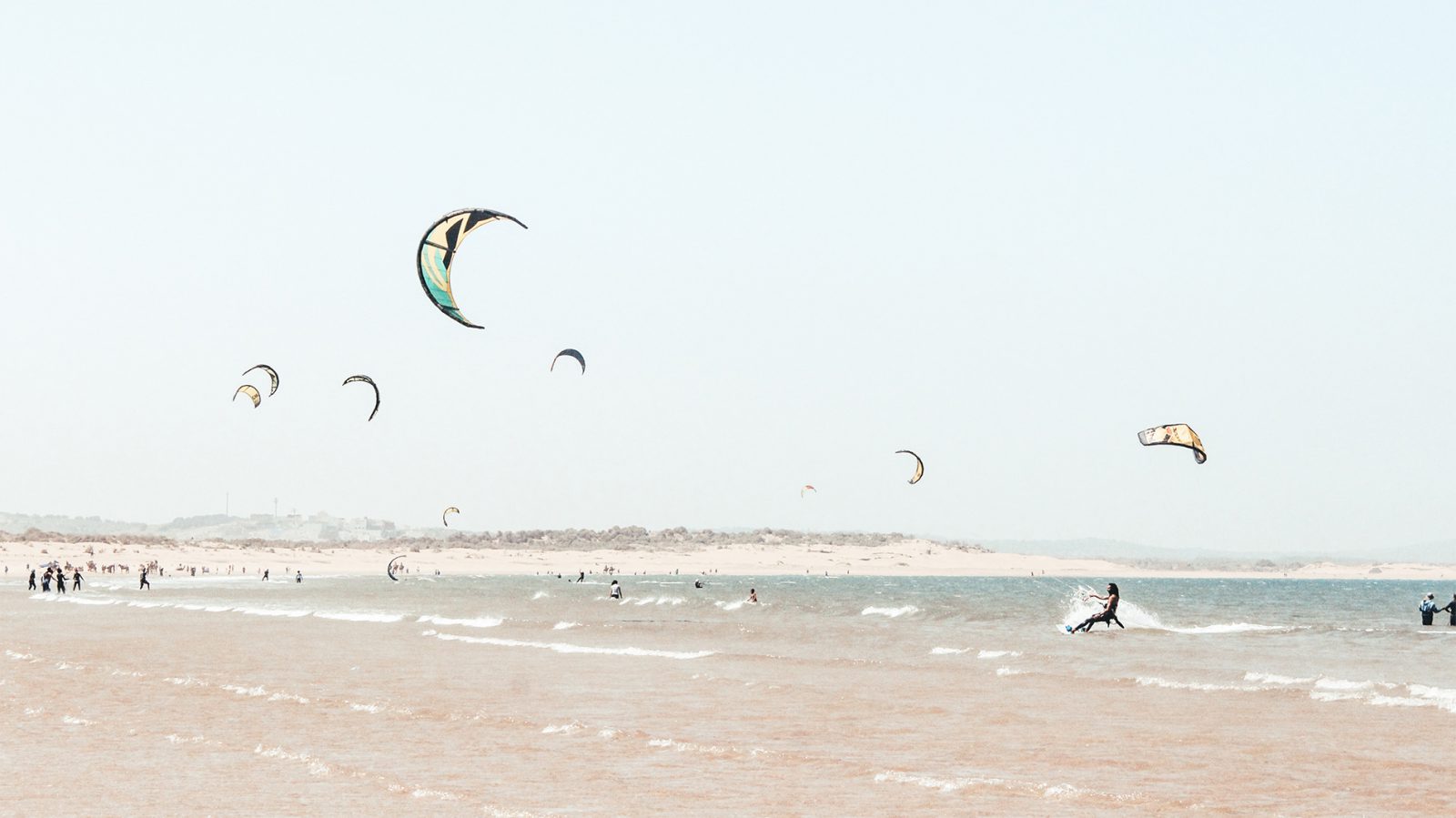So you have had your lessons, now you are going to need some equipment to get started!
Buying new equipment
There is nothing like buying your first new kite. In all its crispy glory it awaits for you to unwrap it and christen it for its first ride. Investing in a new gear means that you are flying a safe piece of equipment with the latest technology, enabling you to progress fast if you have bought the right type of kite for your abilities. Most brands offer a kite that is their flagship kite, great for beginners as well as advanced riders, which will keep you happy for a long time. Examples are the Cabrinha Switchblade, North Rebel, Naish Ride, Ozone Catalyst, Slingshot Rally and many more.
While you start, it is best to go for something that is not a full C kite as this will make the learning process a lot longer than it has to be. Though if you have a particular style in mind, research which kites you think will suit the bill and ask for some advice.
Also, different conditions and rider weight influence what size kite you need, or if buying more than 1, what kind of gap you need in between sizes.
Aside from the kite, you will need a bar with lines, a board, a harness and a wetsuit.
SAKSA recommends to see a local retailer in your area, as they can explain all you need to know about the products you are interested in, they are there for you if anything is wrong with your equipment, they can advise you on the size you need, and they know the area and the local conditions you will be riding in.
For a list of local retailes check out our sponsors tab in the main menu.
Buying second hand equipment
Though in case you decide to go second hand, then keep reading as we have a few things for you to consider when buying second hand.
Buying a kite second hand can be great, but be careful to ask the right questions. The technology has rapidly increased over the last 2 decades, and while kiteboarding is now very safe, there are still some kites (often pre 2007) out there that are plain dangerous compared to modern kites, often referred to as “death traps”. As a general suggestion, aim to buy something that is as closest to new as possible.
To work out what kite you should buy, talk to others on the beach, ask a question on the SAKSA (soon to be KSA) facebook page or visit seabreeze and browse the forums as well as magazines for reviews.
KSA recommends that you should always try to check out your equipment in person before buying it, and if you can, ask at least the following questions to give you a better idea of what you are buying:
What year is the kite?
Try and stick to the newest possible kites to avoid large wear and tear and unsafe equipment.
Does the kite have any rips, tears or pinholes? Is the stitching in the leading edge still sound? Has the kite ever been repaired?
Sometimes a small sharp object on the beach can puncture the cloth or it could have been an accident. A professional repair should not affect the flying capabilities of a kite. It is best to check the kite out in person or ask questions
How much has the kite been used?
If it has not been used much, the cloth should feel and sound “crispy”, should not look tired, feel like silk or show stretch marks
Are the bladders sound, no leaks?
The bladders should hold air pressure without becoming soft after a couple of hours. If you have a leaky bladder, consider the repair costs
Are the bar and lines sold with the kites?
Most kites can only fly on the bar that belongs to the kite. Trying different combinations can lead to dangerous situations. Always check that the bar and kite have been released in the same year too, as companies changes bits and pieces on their equipment most years
What is the condition of the bar, lines, depower rope and pigtails?
Like the kite, the lines and pigtails need replacing after lengthened use as well. They can be stretched, worn or broken after some time. It is important to check if your safety is in working condition, and no parts are missing or corroded.
Obviously this is just a guide, and there are lots of other factors to think about, such as size, wind range, amount of kites in your quiver and riding style.
Happy hunting!

